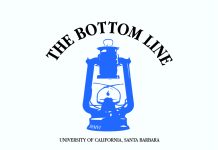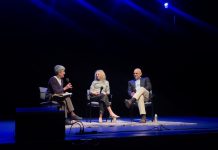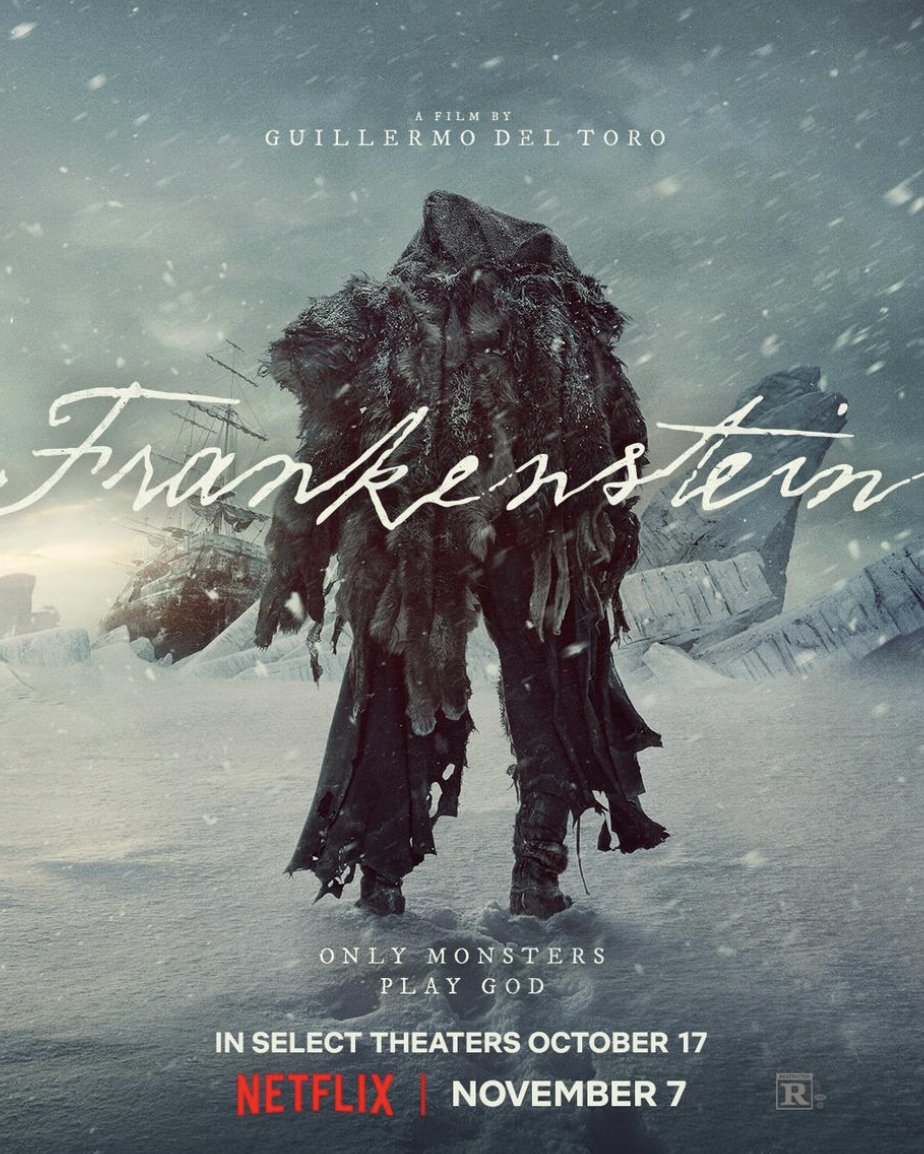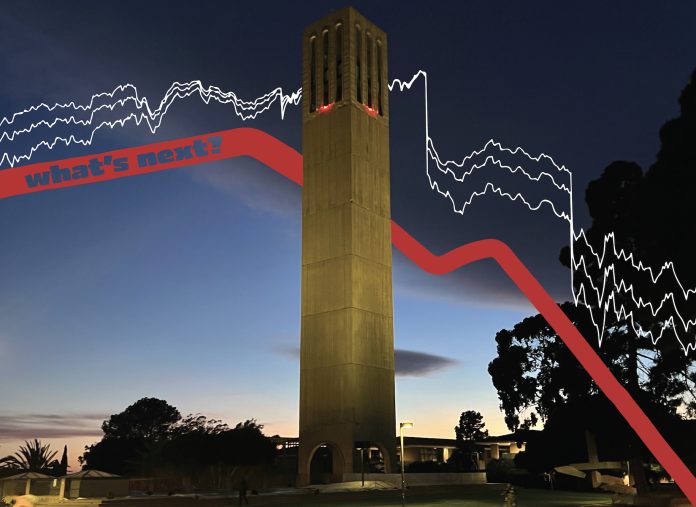Jorge Amador
Contributing Writer
On April 9, the fourth United States (U.S.) Circuit Court of Appeals sided with the Trump administration, clearing the way for the dismissal of thousands of probationary federal employees. The court determined that the lower court lacked authority to reinstate workers who had served less than a year in their current positions.
Just days earlier, the U.S. Supreme Court lifted a temporary injunction that had blocked the firing of roughly 16,000 such employees across six federal departments. In its ruling, the court argued that the nonprofit organizations challenging the firings lacked the legal standing to do so.
The effects of these rulings were immediate. The Internal Revenue Service (IRS) introduced three voluntary separation programs, urging employees to resign by April 14 or risk losing their jobs in upcoming Reduction in Force (RIF) actions. Roughly 75 percent of the IRS’s Office of Civil Rights and Compliance staff were affected.
The Centers for Disease Control and Prevention (CDC) was also hit hard. Approximately 10,000 federal health workers were laid off, disrupting essential public health operations such as disease forecasting, pandemic modeling, and injury prevention.
These sweeping firings are part of a larger executive effort that has also rocked the stock market. As of April 12, U.S. markets have been highly volatile, largely in response to President Trump’s “Liberation Day” economic agenda, which has introduced a 10 percent base tariff on all imports and a 145 percent tariff on Chinese goods.
Markets tumbled after the announcement. A few days later, the administration walked back the plan slightly, pausing most tariffs — except for those on China — for 90 days. This shift sparked a massive single-day rally in the S&P 500, which jumped nearly 9 percent — its biggest gain since 2008.
As of April 12, the major indices had slightly rebounded:
- S&P 500 (SPY): $533.94, up 0.0176 percent
- Dow Jones Industrial Average (DIA): $401.91, up 0.0158 percent
- Nasdaq Composite (QQQ): $454.40, up 0.0177 percent
Despite the temporary boost, many analysts remain cautious. Ongoing trade tensions and the potential for international retaliation have kept uncertainty high. Financial experts recommend that investors stay informed and diversify their portfolios.
The Bigger Picture: “Medicine” or Mayhem?
The administration has framed these mass firings and tariffs as “medicine” for a bloated system. The metaphor paints the federal government as sick — riddled with inefficiency and overreach — and in need of a painful but necessary cure.
Calling it “medicine” also serves a rhetorical function. It justifies harm as healing, casts dissenters as resistant to recovery, and paints the administration as taking bold, adult action in a time of crisis.
Whether this logic holds in the face of lawsuits, economic fallout, and shrinking public trust remains to be seen.
What is clear, tomorrow’s policymakers, analysts, and citizens — are watching closely. And they are already feeling the effects.
A Student’s Perspective
At UC Santa Barbara (UCSB), students are paying close attention. Eric Korman, a second-year economics and accounting major, shared his thoughts in an interview with The Bottom Line.
“Honestly, yeah,” Korman said, when asked whether his coursework helped him make sense of the market’s recent swings. “Concepts like market corrections, investor psychology, and how policy decisions cascade through the system really come alive when you are watching this happen.”
While professors have not directly addressed the situation in class, Korman said, “There’s this kind of awkward tension, like people are nervous but not talking about it.” The current volatility, he added, aligns with what he has learned in theory. “It all makes sense in terms of how markets react to uncertainty and policy surprises. It’s just ridiculous to see it happen like this.”
His takeaway? “Economic policy actually impacts us. We’ve had the luxury of ignoring it until now, but suddenly, it is real — and personal.”
Regarding job prospects, Korman said, “Yeah, I am concerned. A weak economy penalizes everybody — even in areas like accounting that are traditionally considered safe.”
Korman specified that he is rethinking government work: “It seemed like a secure choice. Now, it looks like it could vanish in an executive order.” The mass layoffs have changed how he views potential career paths. “It is scary to think that your entire career path can disappear overnight,” he added.
Korman is also skeptical of the Trump administration’s impact on financial markets. He explained, “The choices seem arbitrary, and markets do not like uncertainty.” On tariffs, Korman was clear on the negative impacts: “They raise prices. Companies pass that on to consumers, and we are already seeing that.”
Among his peers, Korman senses the growing frustration, pointing out that “[his] generation is starting to realize that economic systems are not as stable as we were led to believe.” He described the student mood as “skeptical,” adding that “we are watching institutions we used to trust [be] shaken to the core.” Still, he sees opportunity in the chaos, because the “U.S. market has traditionally been strong in the long term.”
So what should students do in response? “We have to be proactive. Make your voice heard, get organized, and demand more opportunity,” Korman says.
When asked what the public gets wrong about the current moment, he said, “Trust does not rebound quickly. Once it is lost, it takes years to rebuild — and the world is watching.”












Solid work
Comments are closed.